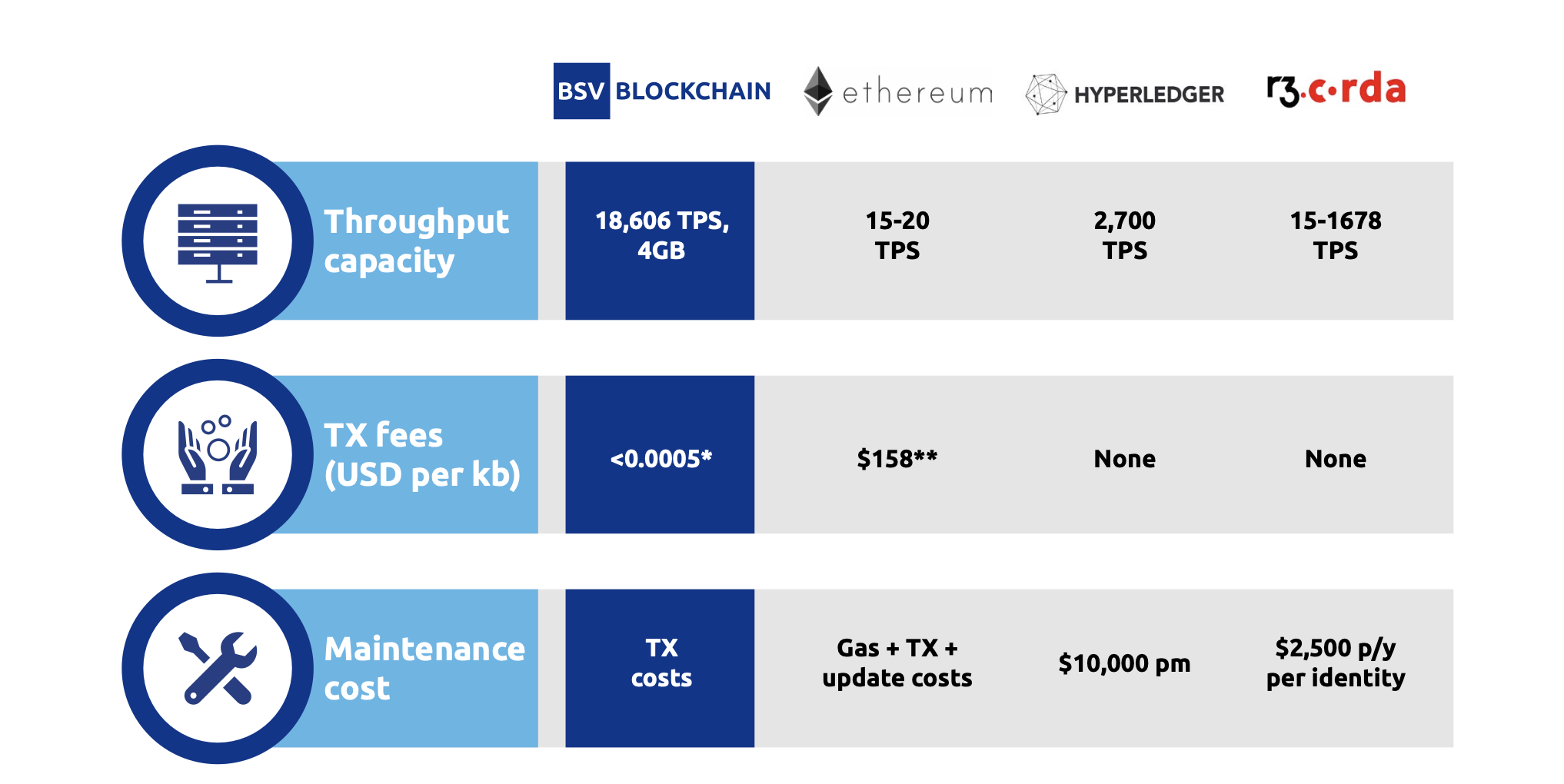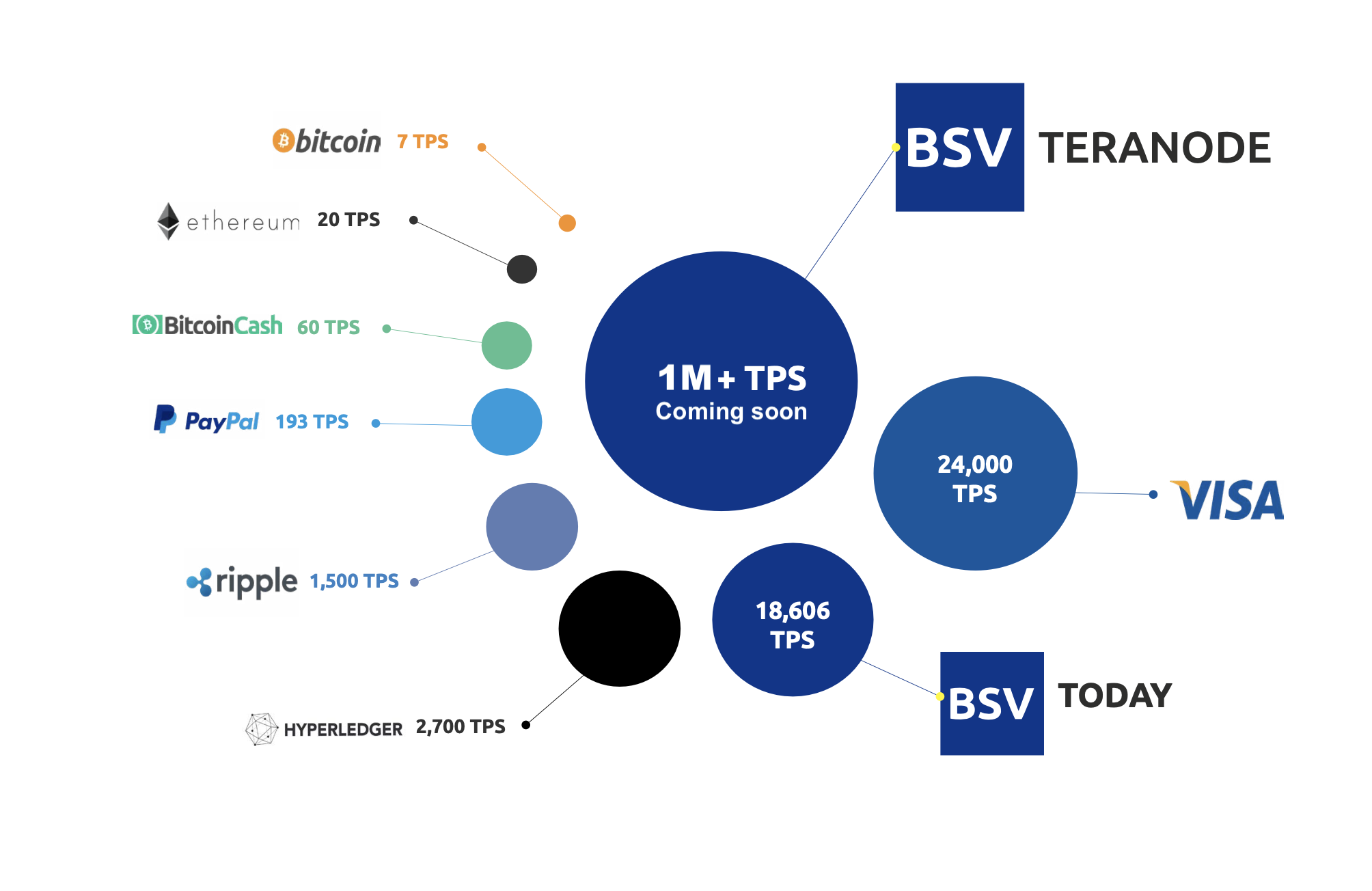When enterprises and government entities review different blockchain solutions, one of the first considerations is whether they should use a public blockchain or a ‘permissioned’, private one.
What often happens is that entities opt for using a public blockchain for applications like certificates of authenticity, pilot projects or R&D. But when they want to create their own token or data application that involves sensitive corporate or personal data, they choose a permissioned blockchain platform.
On the surface it makes sense to equate the terms ‘private blockchain’ with data privacy, and ‘permissioned blockchains’ with network security.
The flip side of the assumption is that a public blockchain couldn’t possibly be used where sensitive data is involved, and that it would compare poorly in terms of security.
And yet, both assumptions are based on a mistaken understanding of the blockchain archetype.
Misconceptions about private and public blockchains
- Data privacy is one of the major considerations which lead projects to opt for a private blockchain, as it’s commonly believed that it’s not possible for a public blockchain to comply with regulations such as the EU’s GDPR.
- By naming a private ledger a ‘permissioned blockchain’, it’s assumed that a public blockchain does not offer the option of setting organisational, project-based and granular permissions.
- As public blockchains make their infrastructure and computational services available to any public entity, it’s assumed that such networks would necessarily struggle to process their task load of data applications at speed.
Data privacy: public vs private blockchains
The predominant perception has been that, if you were a bank or enterprise, you’d probably want to implement permissioned blockchain. Public blockchain, by the inclusion of the word public, is understood as if it would automatically expose corporate, government and personal data into the public realm.
This is a misunderstanding harking back to a time when public blockchain’s functionality was not truly understood and utilised.
Pseudonymity as standard feature of the BSV blockchain
While a simplified blockchain adaptation would have privacy issues, a UTXO-based blockchain such as the BSV blockchain is by nature pseudonymous. Each bit of data published to the chain is connected to the digital signatures of its author and each of the entities that interacted with that data. This digital signature puts a firewall between transactions (whether they are financial or data interactions) and identity.
In simple terms: transactions are public, but the identity of the actors remain private.
The privacy of actors can be further enhanced by employing single-use pseudonyms to further obfuscate the relationship between an individual or an organisation’s transactions.
In simple terms: although an entity uses the BSV blockchain to publish millions of data points to the blockchain, it would be impossible to understand the relationship between the data from viewing the public blockchain record, and incredibly onerous (and expensive) to trace all of the data points back to the point of origin.
Ensuring data integrity without publishing the underlying data
The BSV blockchain utilises a SHA-256 algorithm that converts a string of text into a deterministic output called a hash. The output cannot reveal the input, but anyone with the input can verify its authenticity if the corresponding hash is public.
When you have a secure hash, even the slightest change in the input will be met with a completely different output – for example, changing a letter from upper to lower case or simply adding a period.

This feature creates a ‘digital fingerprint’ and is used by transaction processors (aka nodes) for securing the integrity of the blockchain. The blockchain is simply a sequence of blocks (or linked list) containing data linked to the previous block header via a hash pointer. The hash header contains the last block’s hash output and a hash of the data inside the previous block (Merkle root).
This powerful format provides a single chain of valid blocks leading all the way back to the very first ‘Genesis’ block. As these blocks are built upon each other through proof-of-work, any attempt to overwrite or change this stored data would require an attacker to construct a new proof-of-work chain while outpacing honest nodes, making it computationally impractical. Thus, any information contained in blocks with an established quantity of proof-of-work on top of them is extremely resistant to change.
Any node or user can quickly validate and authenticate the integrity of the data inside a transaction by using just the Merkle proof of a transaction to ensure the hash is sound.
Case study: Pharmaceutical research data on the BSV blockchain
Veridat is a SaaS platform that streamlines the capture of critical information to the BSV blockchain. Bench is their cloud-based service supporting research integrity and data authenticity for the pharmaceutical industry by logging and recording key events within a research-centred workflow.
Instead of publishing data directly to the BSV blockchain, they generate hashes of the data and publish those. Drug companies would not want their data on a public blockchain. The use of hashes secures their data from competitors while still proving the validity of the process.

Bolstering blockchain data privacy with encryption techniques
In addition to the BSV blockchain’s built-in data privacy measures, it’s also possible to bolster privacy by using simple techniques like end-to-end encryption. More advanced techniques like zk-SNARK (zero-knowledge succinct non-iterative argument of knowledge) can also be used.
Case study: Healthcare data on public blockchain
To illustrate how a public blockchain, namely the BSV blockchain can be used to store and process data of the most sensitive nature, let’s consider a use case involving the most sensitive of data: healthcare data.
Across the globe healthcare service providers – from doctors and pharmacists, to drug manufacturers – are currently storing data about their patients, drug trials, and medication in locked-up silos. These silos often have inadequate layers of security and firewalls. Such an approach results in data breaches and limits healthcare practitioners’ ability to get a holistic view of their patients’ medical history.
Personal health data platform EHR Data Inc, a subsidiary of the National Health Coalition (NHC), is migrating NHC healthcare data to BSV blockchain. By encrypting the data before publishing it to the blockchain in addition to BSV’s private key system, EHR data’s platform guarantees patients their privacy while sharing crucial data.
When asked about their choice of a public blockchain over a private one, Ron Austring, Chief Scientist of EHR Data responds using an analogy of the Internet vs an Intranet:
‘If you built a website and put it on your company’s Intranet you won’t have much exposure to the rest of the world (on the Internet). If you just start with a public blockchain, you know right away that your services could be used by other entities that are on that public blockchain.’
Throughput: public vs private blockchains
Throughput is also something people talk about a lot since most public blockchains are having scaling issues, like Ethereum who’s founder admitted that it would never scale.
BSV is the only blockchain which has massively scaled.

*Median over 90 period, 12-1-2021 to 11-02-2022, source: https://bsvdata.com/blockchain
**Ethereum’s Yellow Paper states that it costs 20 000 gas to store one 256-bit word.
8 bit = 1 byte, therefore 256-bit word = 32 bytes.
1024 bytes = 1 kilobyte, therefore 1 kilobyte costs 32 x 20,000 gas = 640,000 gas.
Median gas price = 50 Gwei x 640,000 = 32,000,000 Gwei (11-02-2022) = 0.0512 EthConverted to USD = $158,77 (11-02-2022)
The BSV network supports greater data capacity, higher transaction volume, fast processing and very low transaction fees, all of which enable developers to build creative applications that use micropayments and generate high transaction volume.
On the BSV mainnet, 18,606 transactions per second (TPS) has been demonstrated – and it keeps growing.

A single, global blockchain to serve unlimited use cases
Imagine a world where we have a lot of different private blockchains, each running on its own infrastructure and protocol. How is it different from the current model of a bunch of different federated databases?
The BSV blockchain provides us a vision of having a single, global database that provides interoperability and a common marketplace for global data that puts control and data ownership in the hands of the users.
